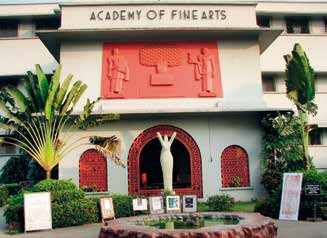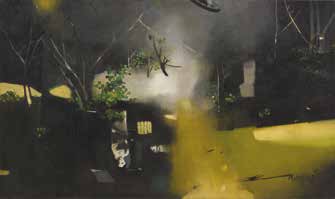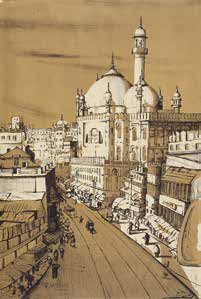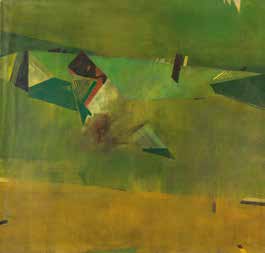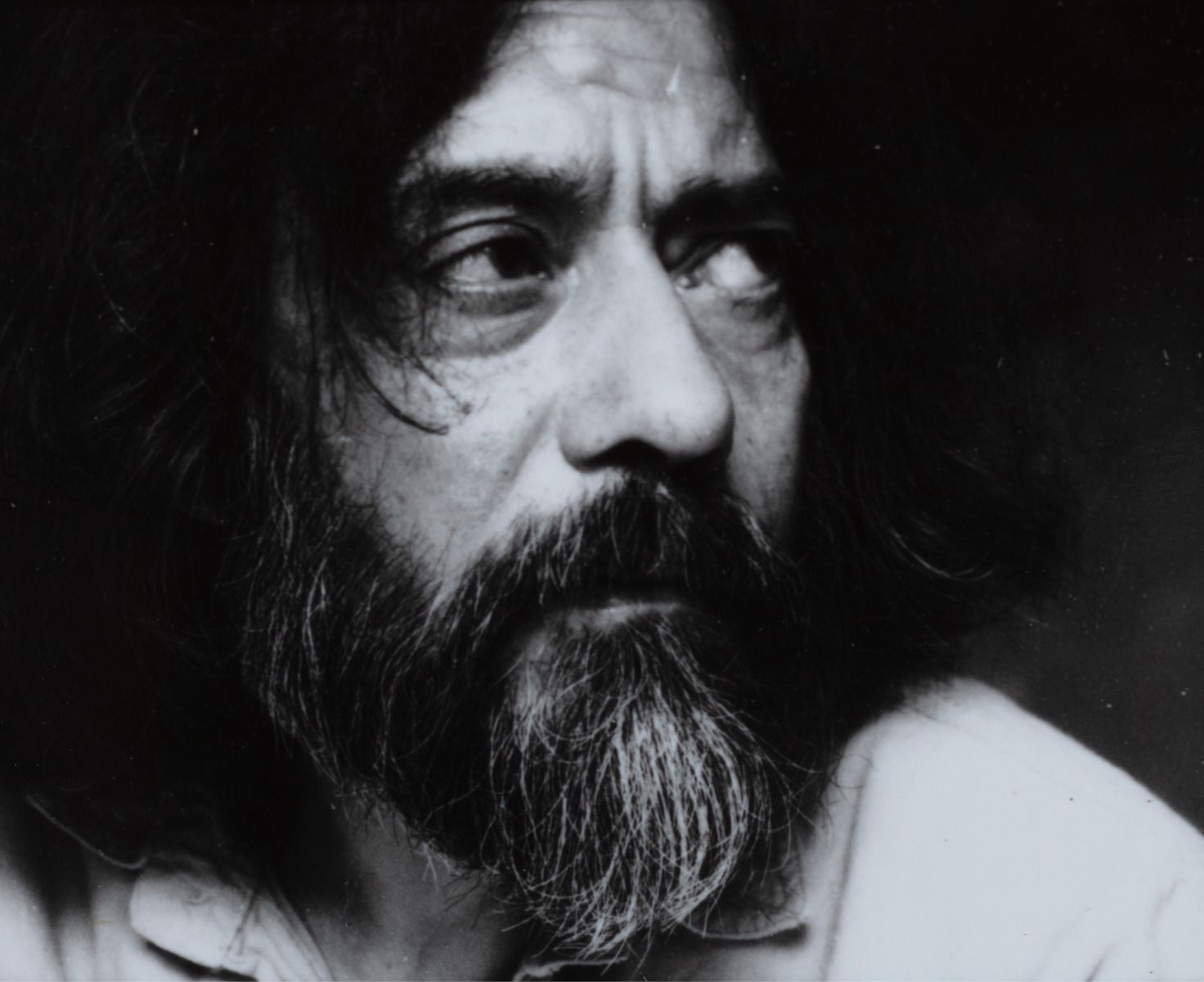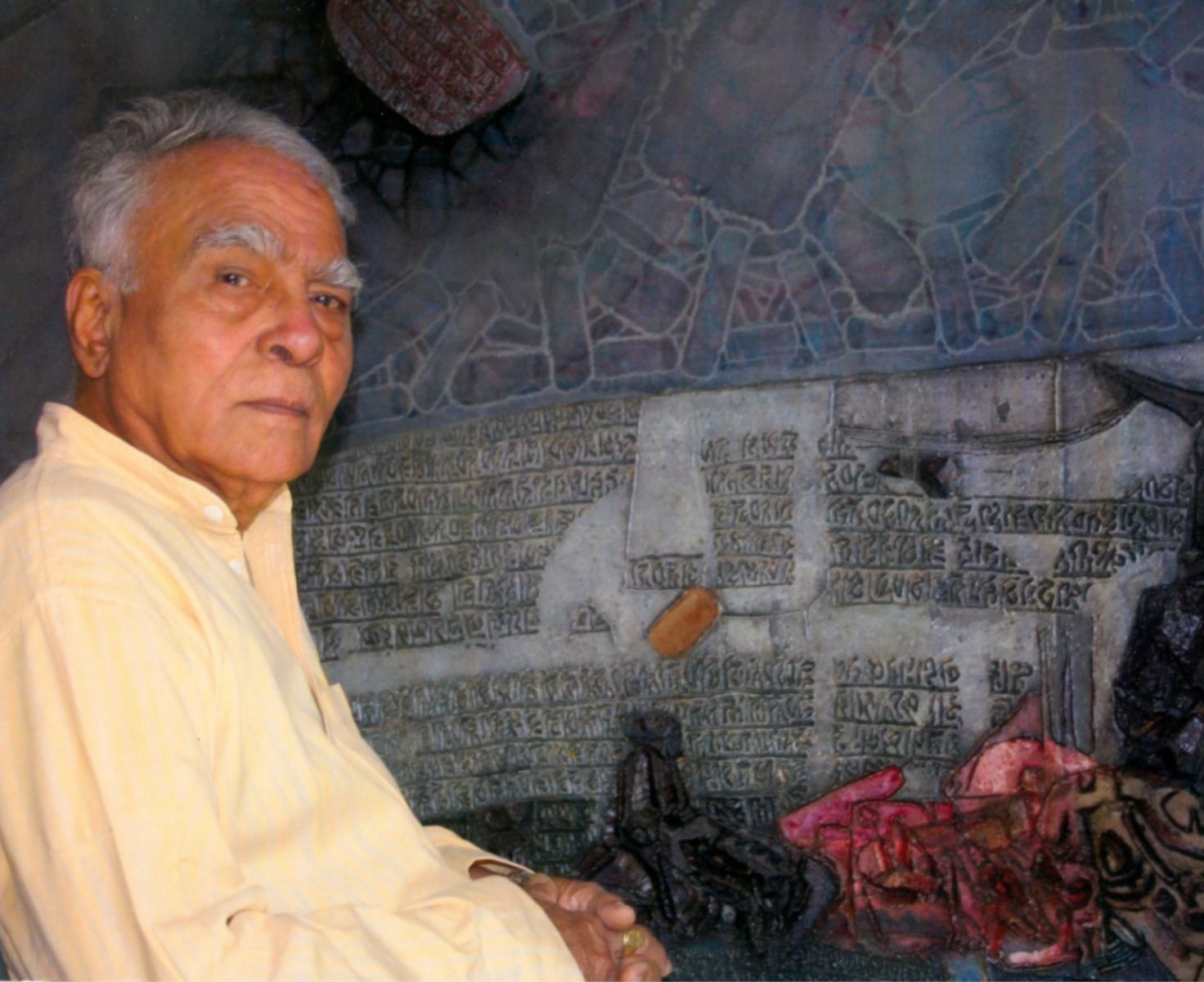Ganesh Haloi
Ganesh Haloi
Ganesh Haloi
|
b - 1936 Ganesh Haloi |
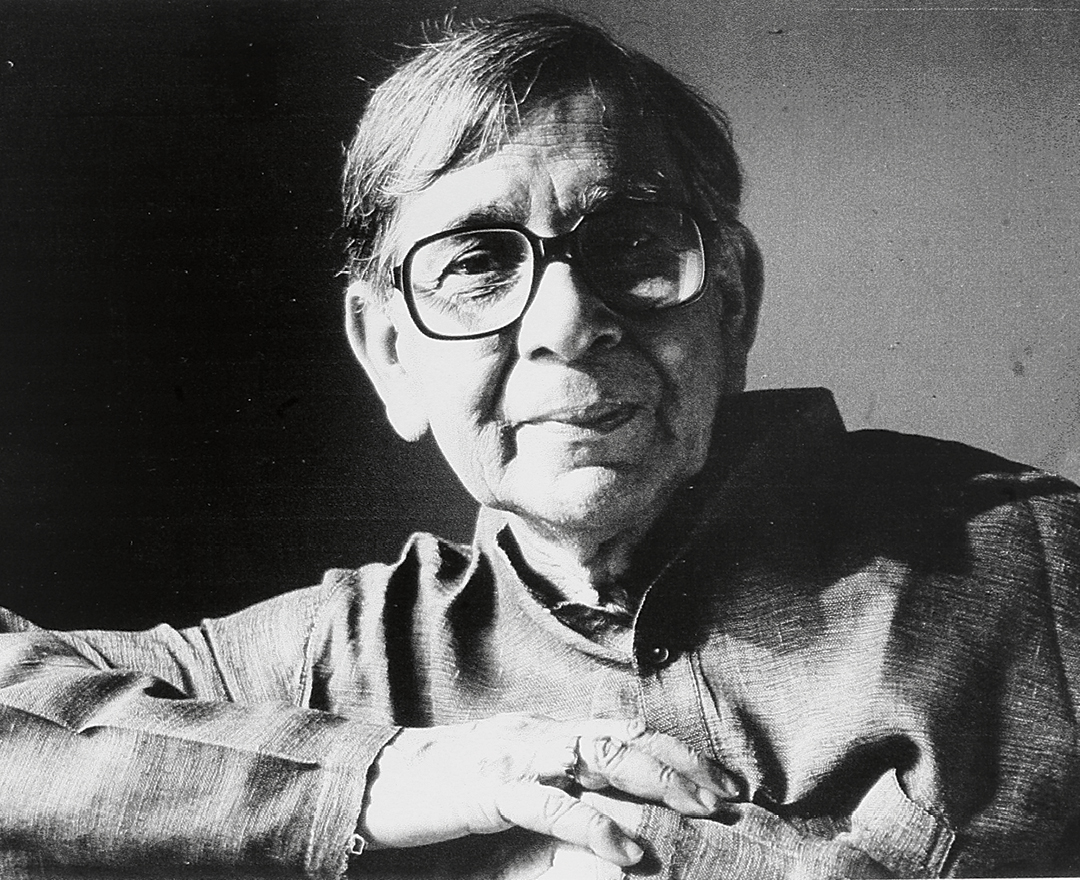
‘The desire to create is abstraction. It is from this that a world exclusively one’s own comes into being. From understanding, art leads to wonder!’
GANESH HALOI
artist timeline
artworks
dag exhibitions
|
‘Indian Landscapes: The Changing Horizon’ |
|
DAG, New Delhi, 2012 |
|
‘The Printed Picture: Four Centuries of Indian Printmaking' |
|
DAG, New Delhi, 2012 |
|
The ‘Manifestations’ series of 20th Century Indian Art, Editions VII, VIII, X |
|
DAG, New Delhi, 2012-14 |
|
‘Indian Abstracts: An Absence of Form’ |
|
DAG, New Delhi, Mumbai, New York, 2014-15 |
|
‘India Modern: Narratives from 20th Century Indian Art’ |
|
DAG, New Delhi, Mumbai, New York, 2015 |
|
‘The Printed Picture: Four Centuries of Indian Printmaking’ |
|
DAG, Mumbai, Jaipur, 2016 |
|
‘New Found Lands: The Indian Landscape from Empire to Freedom’ |
|
DAG, New York, 2021 |
notable collections
|
Kiran Nadar Museum of Art, New Delhi |
|
National Museum of India, New Delhi |
|
National Gallery of Modern Art, New Delhi |
|
ITC Limited Private Collection, across cities in India |







